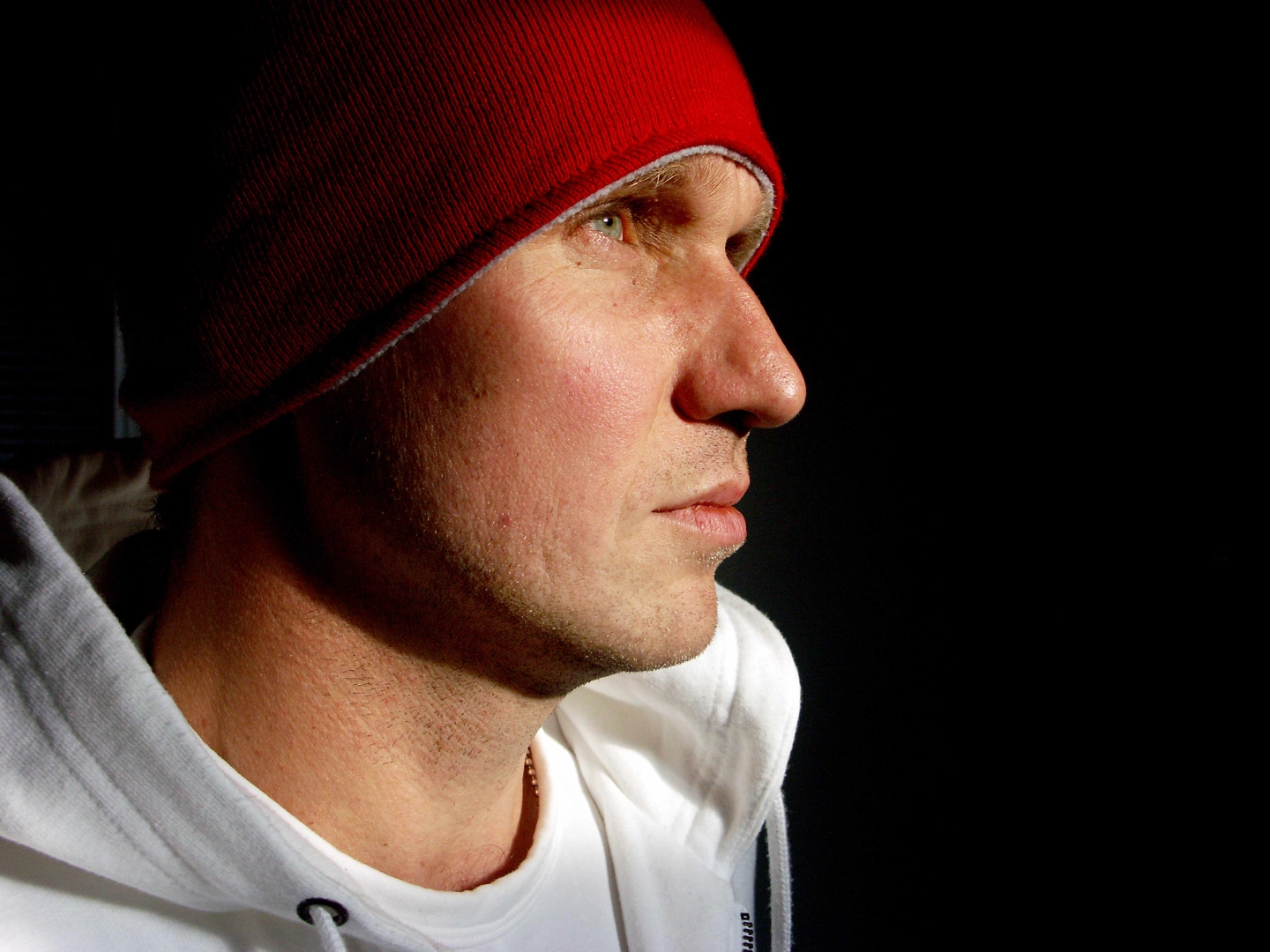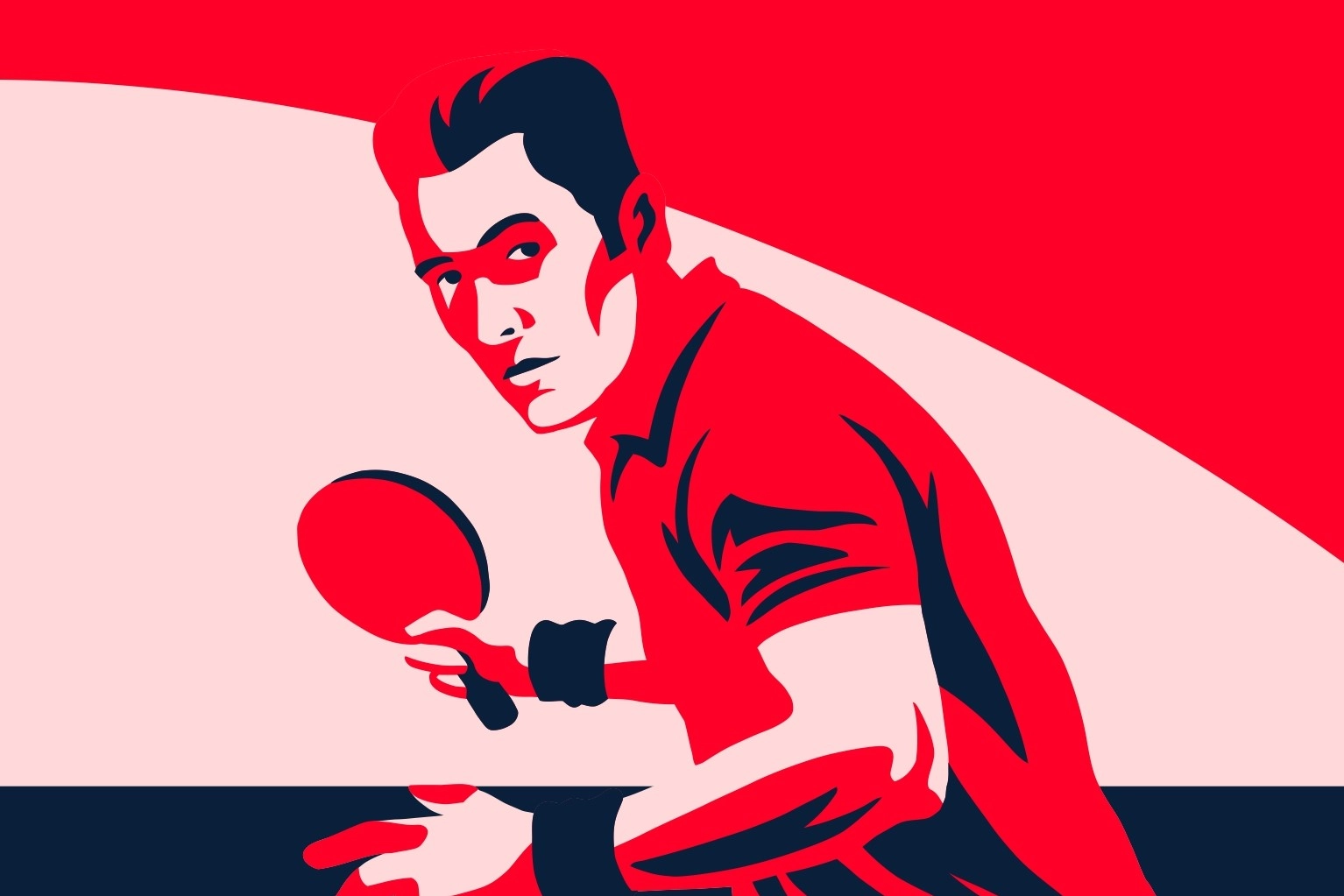Jiří Načeradský, one of the most significant Czech painters of the second half of the twentieth century, had an extraordinary talent for capturing the movement of people. Few could match him in this regard. In Načeradský's case, it is a very special phenomenon. He painted his most famous paintings in 1967, most of which are works featuring athletes. They are considered cult, timeless, and iconic. At the time, he was barely twenty-eight years old and reached one of his creative peaks, perhaps the highest of them all. Jiří Načeradský was knowledgeable about the international scene, responding to new figuration and pop art: he drew from newspaper photographs that intrigued him and then freely transferred them to canvas, often stripping down his subjects.
He painted runners, footballers, figure skaters, and even himself in one painting: the Portrait of a Young Man, which is a relatively rare self-portrait in Czech painting presented as a nude. He wasn't afraid of nudity, not even his own; in fact, he was fascinated by it. His paintings are full of energy, but also a certain unrestraint, even frenzy, which became typical for the painter. It's as if we could hear the accelerated heartbeat of his subjects, fleeing from the world and themselves. He wanted to express the spirit of the time and could measure up to anyone, like an athlete in top condition stepping onto the track with the confidence of a future winner. Even if he had never created anything else, what he accomplished in 1967 would ensure his artistic immortality.

Jiří Načeradský (1939-2014) belonged to intellectually inclined painters who could surprise in discussions with their directness and originality of opinions. He hit the nail on the head. For example, he spoke about collectors:
„
There are several types. Speculators who sell paintings on. Some petty grabbers try to rip you off. But there are also generous ones who don't bargain. And there are also generous and intelligent ones who don't bargain and understand it. It's a pleasure to deal with them: many have shown good taste and truly love art compared to the majority of the population.
He was convinced that to handle a large painting, a painter must be physically fit and in this context, he mentioned Leonardo da Vinci, who could bend a horseshoe. As a student at the Academy of Fine Arts, he used to run every morning in Stromovka with his friend Jiří Sopko and didn't lose his zeal even in later years. He considered himself a determinist, believing that everyone is shaped by the environment they come from, "what and how a person is made of."
When I interviewed him, I knew I had to be very cautious. Načeradský didn't mince words; he didn't like wasting time with the uneducated. I was warned by some of his colleagues, whom I asked about possible dangers before visiting his studio in Žižkov. It showed when I demonstrated a certain knowledge of the work of the Italian Baroque painter Annibale Carracci. He looked surprised, stroked his mustache, and then the ice broke as he went to make more coffee. Suddenly, our conversation gained momentum: We discussed his lifelong struggles with alcoholism, and his love for France, where he spent two years (1968 to 1969) and met his wife, but mainly, we kept circling back to his paintings and their mysteries.

He couldn't understand how anyone could seriously think that painting would cease to exist because it would be replaced by new media. It was the year 2000, and such discussions were indeed taking place. Jiří Načeradský declared: "Fools of all nations and professions have been predicting the demise of painting throughout the twentieth century, but painting still lives on, while installations and all those things on video age; in three years, they're done. Whereas with a proper painting, it takes thirty years to see whether it's good or bad." We now know what became of his paintings, but we also know that painting, functioning on the old good "manual drive," is still here.

Painter Lubomír Typlt also mentions Jiří Načeradský in an interview for Sport in Art. You can find the interview here.




